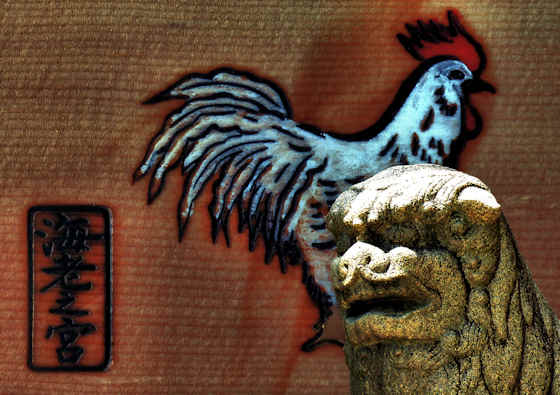Thursday, November 2, 2023
Kotogahama Beach
Labels:
beach,
Japan Sea Walk,
kotogahama
Wednesday, November 1, 2023
Inori no Sato Religious Roadside Attraction
Coming down from Unzen Hot Springs towards Obama on the coast of Tachibana Bay, the road is steep and without any settlements until just above the town.
It seems he is the chairman of a successful construction company and Inori no Sato is his attempt to contribute to the well-being and perhaps revitalization of the local area.
Labels:
dragon,
Fudo Myojin,
inari,
kannon,
kappa,
koshin,
kyushu108,
nagasaki,
obama,
shaka nyorai,
shichifukujin,
shimabara,
shotoku taishi,
tengu
Monday, October 30, 2023
Jimyoin Betsuin Temple
Labels:
aizen,
dragon,
Fudo Myojin,
nio,
sasaguri,
shichifukujin,
shingon,
temple
Sunday, October 29, 2023
Unzen Hells
Labels:
hot spring,
kyushu108,
nagasaki,
shimabara,
unzen
Saturday, October 28, 2023
Yasaka Shrine Ebie
Friday, October 27, 2023
Onsen Shrine Unzen
Labels:
komainu,
kyushu108,
shirahiwake,
Shrine,
takehiwake,
torii,
Toyohiwake,
Toyokujihune
Subscribe to:
Posts (Atom)
































































